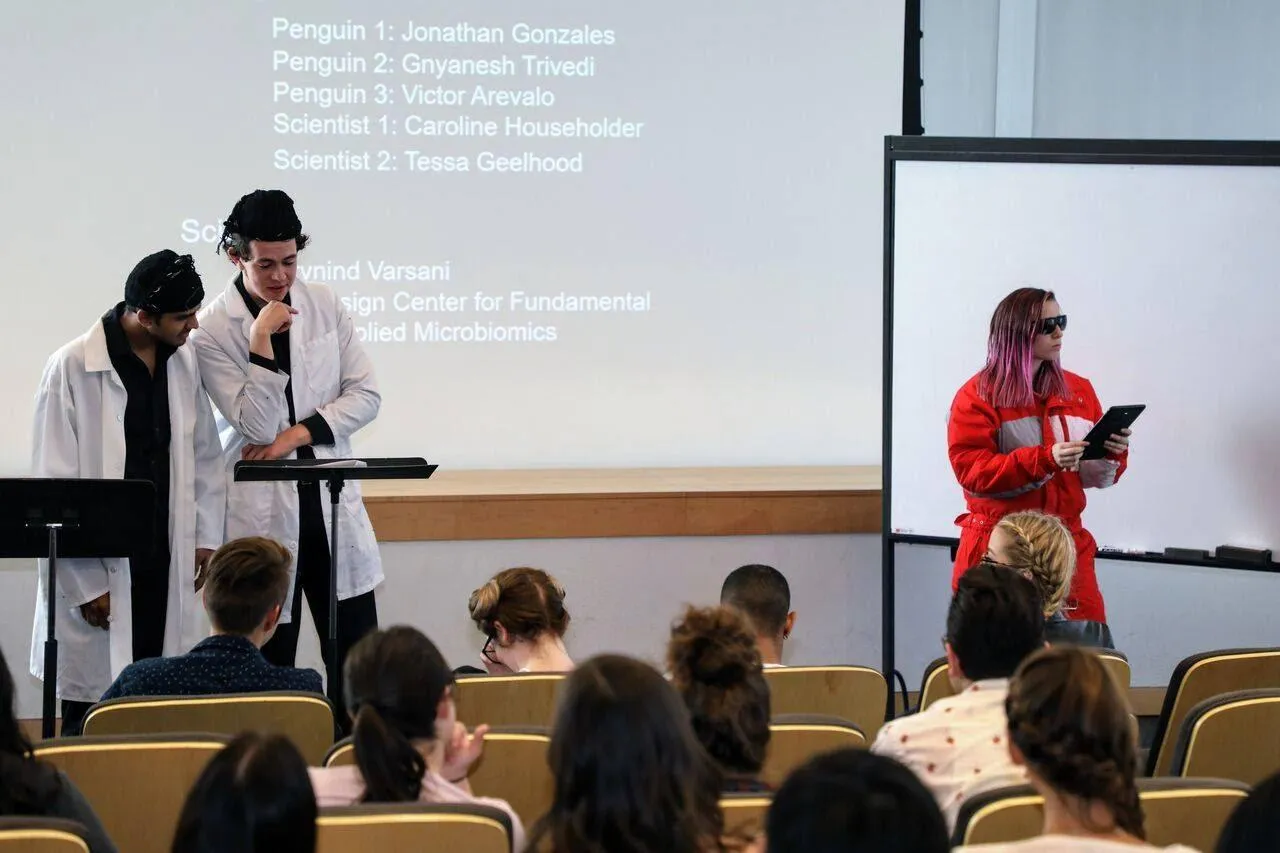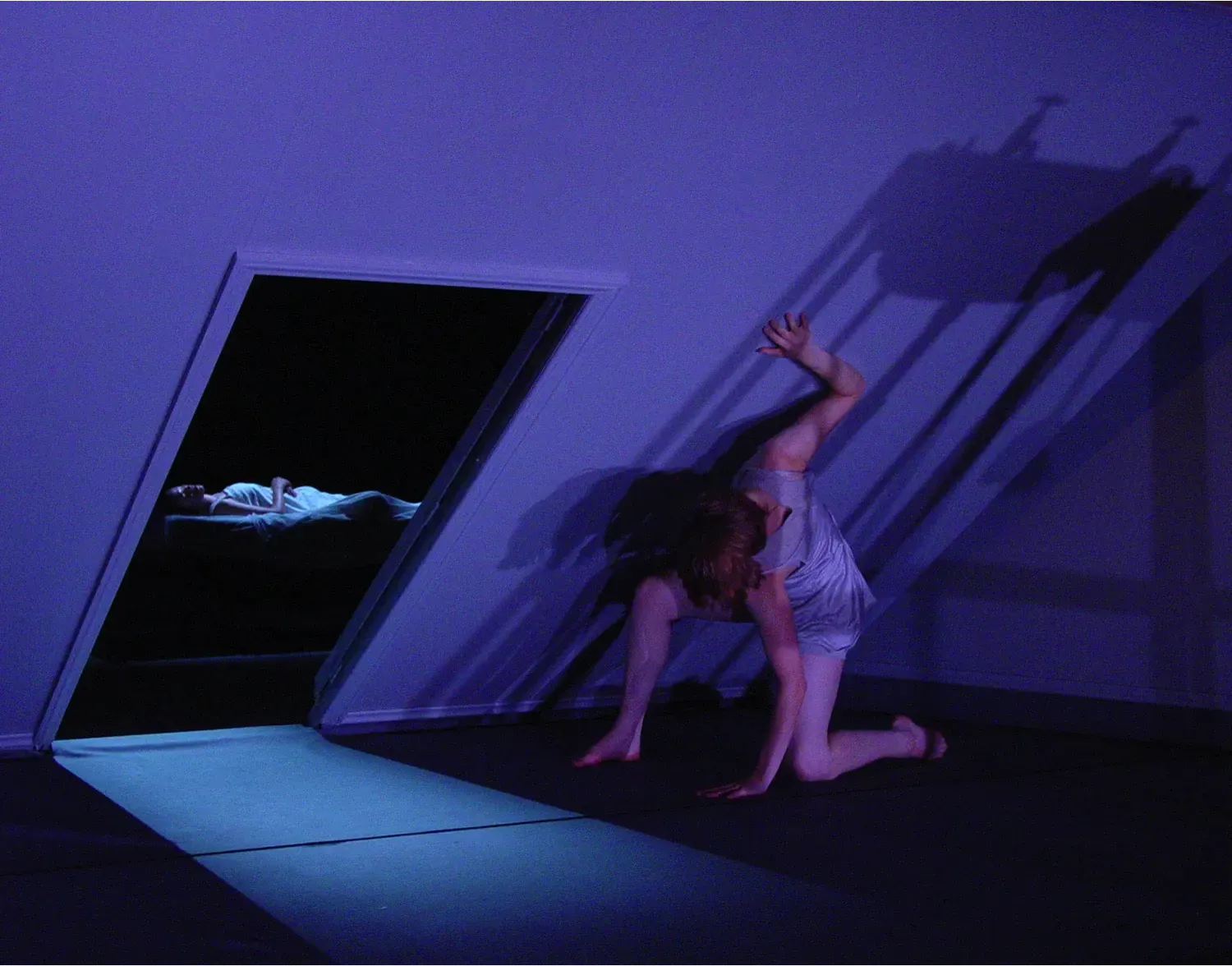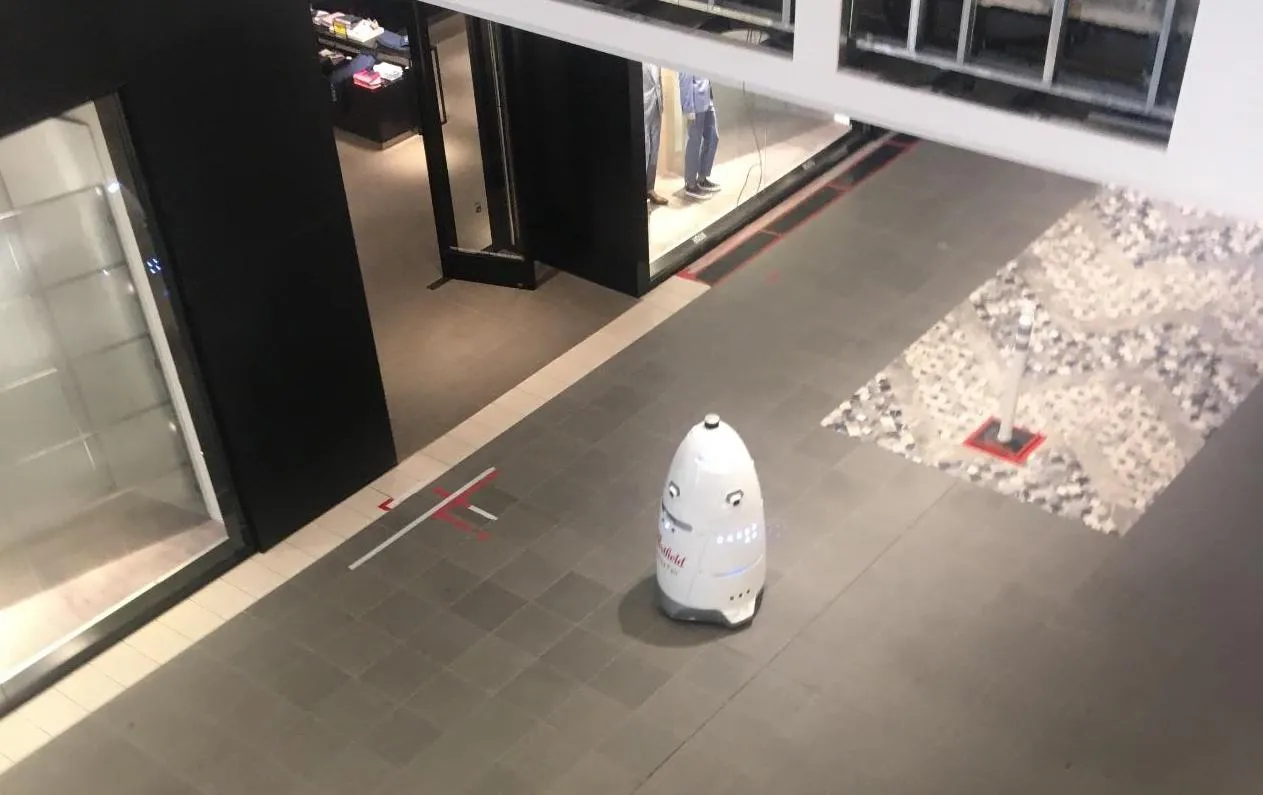Elspeth Tilley: Dear science and business, stand up now on behalf of the arts, please
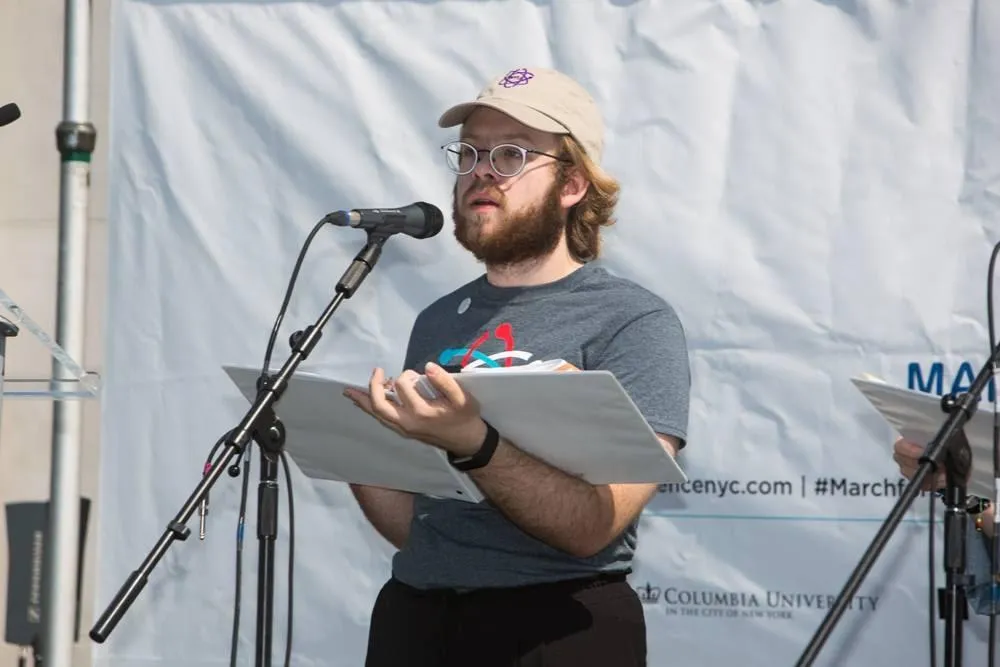
“There is no science without fancy and no art without fact.”
― Vladimir Nabokov
“We can’t solve problems by using the same kind of thinking we used when we created them.”
― Albert Einstein
The arts are, yet again, struggling to survive. And right now, we need all kinds of voices to speak for them, not only from within the arts community, but also from without. Because how do we know, in a death of a thousand cuts, which cut is number nine hundred and ninety-nine?
Three recent example cuts:
-
Last week, Dunedin’s Fortune Theatre closed after 44 years and 407 productions, citing the impossibility of financial viability in the current funding climate. Wellington’s Downstage had issued a near-identical admission of defeat in 2013.
-
The Dominion Post print newspaper is scrapping its culture page and will no longer review local art and theatre works, only those deemed of ‘national significance’ and only in 100 words or fewer.
-
The government is proposing R&D tax incentives for businesses, but only research fitting tight criteria (using wording developed last century) for “scientific method” will qualify - as though businesses don’t rely upon a complex, human-centred understanding of social forces, aesthetics and creativity in order to be successful.
We do at least have the opportunity to be heard on this last issue, though – and we need to seize the opportunity to make the point that science and business need the arts, just as much as does society as a whole.
Of course science is fighting for visibility too – the global ‘March for Science’ rallies last month are testament to that. But the science community, to its credit, has already been known to voice its recognition that science and the arts are interdependent elements in human knowledge development.
The Marches for Science, for example, have included creative artworks and performance elements, including – as it happens - theatre work from New Zealand. Many scientists understand that creativity can both help them innovate and think differently in their work, and help them tell their stories and connect science with people.
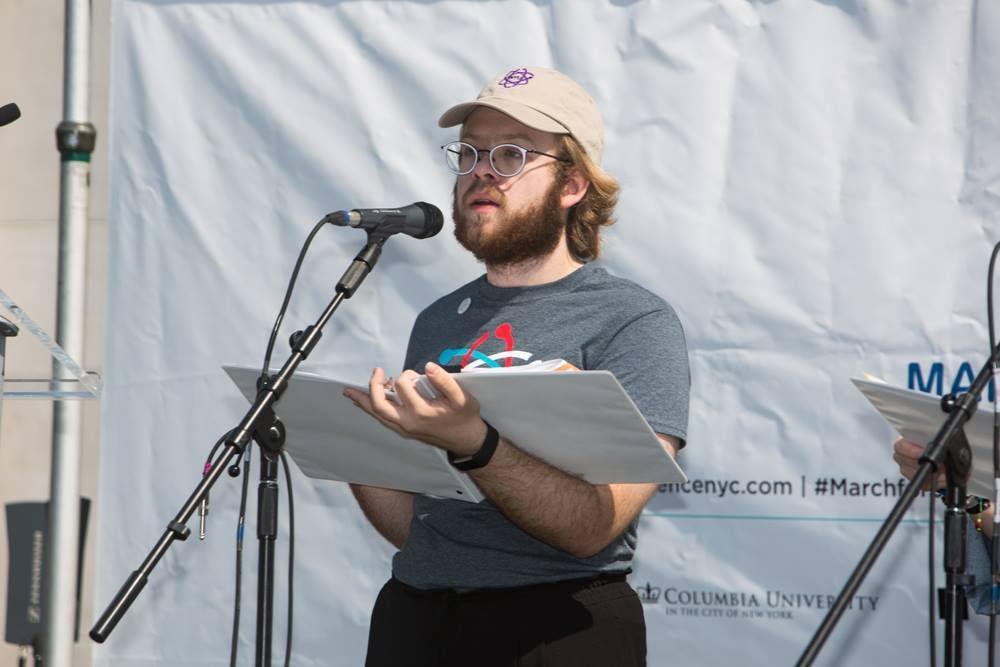
Photo: Brennan O’Rourke from New York University’s ‘Arts in the Community’ unit reads ‘The Penguins,’ a climate action play by Massey University’s Elspeth Tilley, at the New York City March for Science in April 2018.
Works like Sam Trubridge’s award-winning Sleep/Wake, a collaboration with Massey University’s sleep scientist Professor Philippa Gander, that explicitly articulate science through art, illustrate what is possible from such collaborations.
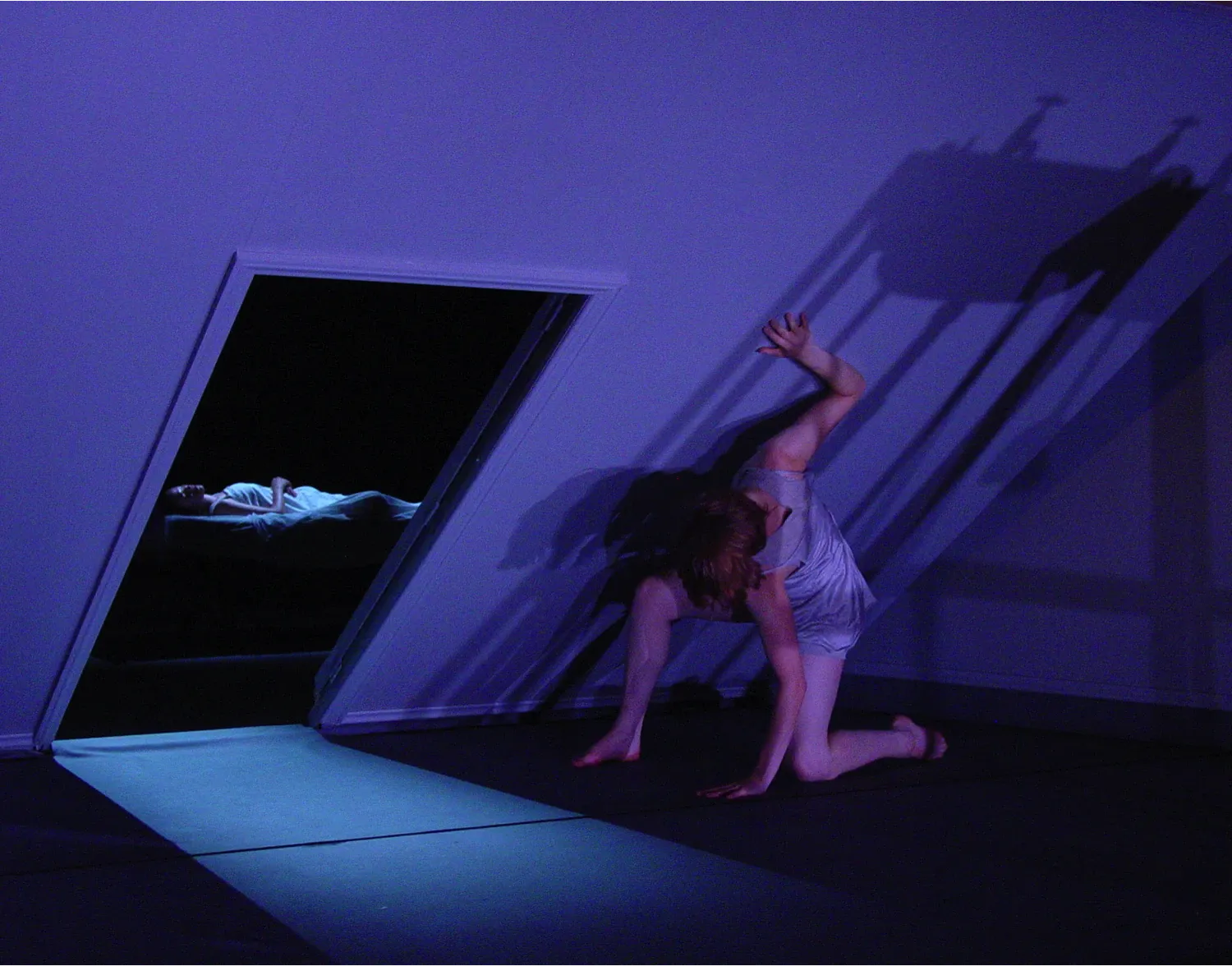
Photo: A scene from SLEEP/WAKE, directed and designed by Sam Trubridge in collaboration with sleep scientist Philippa Gander.
Other examples include the work of Wellington-born artist Amy Howden-Chapman, now resident in Los Angeles, with ten artistic collaborators, to reconsider future scientific alternatives through applying an artistic imagination to climate infrastructure challenges, in the 2016 project ‘The Distance Plan: Climate and Infrastructure’.
Or, the multiple art/science pairings made during Climate Change Theatre Action in 2017, in which playwrights and scientists worked together to try to galvanise audiences to hope and positive action on climate change.
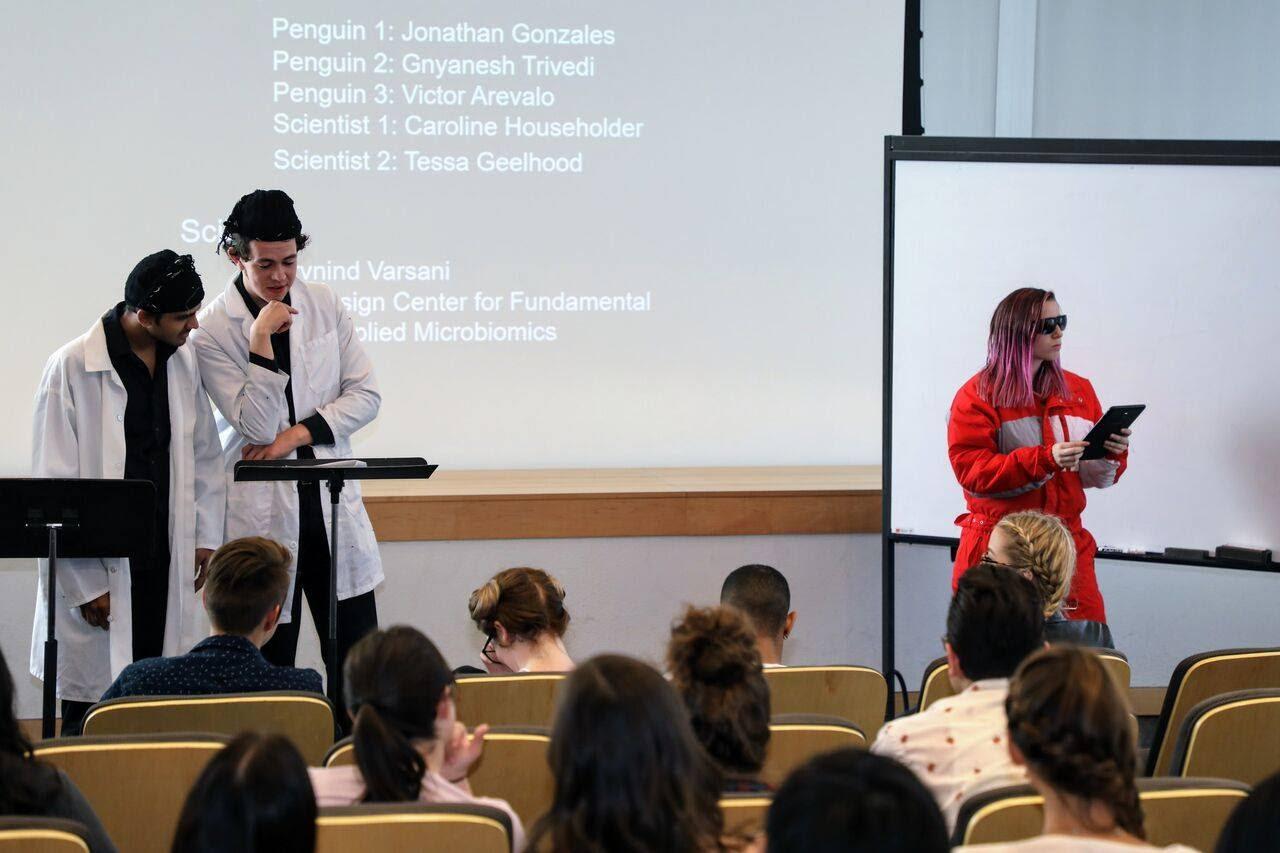
Photo: scientists and actors collaborated to provoke dialogue about climate change at Arizona State University’s 2017 Climate Change Theatre Action event.
These kinds of alliances and cross-fertilizations recognise that science and the arts is not an ‘either or’ question but a ‘yes, and’ scenario.
These kinds of alliances and cross-fertilizations recognise that science and the arts is not an ‘either or’ question but a ‘yes, and’ scenario. They appreciate that integrating the one with the other is so much more than just dropping an ‘A’ into STEM (Science, Technology, Engineering, Maths) to make it STEAM (plus Arts) or using the arts for downstream ‘science communication’.
Integration of artistic modes of inquiry into research, education and industry is less about adding one more parallel strand to ‘business as usual’ than about inventing completely new methods of creative problem-solving: methods that start from the big issues we face, and pull all sorts of resources, minds and methods towards them to create original, multifaceted solutions.
In order to do this, though, we must grow all sorts of minds. We must equally value multiple worldviews, including indigenous epistemologies, and be open to discover what happens when we blend across paradigms, cultures and methods. We must value both art and science as valid methods of inquiry and knowledge development – but more importantly recognise each as a facet of the other.
Albert Einstein reputedly said many things about the importance of artistic practice to his scientific discoveries, not least, “I am enough of an artist to draw freely upon my imagination. Imagination is more important than knowledge. Knowledge is limited. Imagination encircles the world.” Given the accelerating pace of climate change as a borderless, global problem, it is difficult to imagine a time in human history when it has been more important than right now to think differently about global structures and human survival, and come up with solutions that ‘encircle the world’.
Yet when Statistics New Zealand asked Kiwis in 2016/17 what characteristics are important to us in defining New Zealand, art and artistic achievement came tenth out of ten options (sport came sixth).
Yet when Statistics New Zealand asked Kiwis in 2016/17 what characteristics are important to us in defining New Zealand, art and artistic achievement came tenth out of ten options (sport came sixth).
An arts funding survey in 2012 showed that in real terms there had been a decline in private support by over 15% since 2008.
And, while Creative New Zealand research shows the vast majority of New Zealanders agree that the arts contribute positively to society, a much lower number actually attend regular arts events. We spend far more on television sets and TV content subscriptions than we do on live art tickets – about 14 times as much per household even as far back as 2007 when the data were last collected – the figures are probably more extreme now. This lack of reaching into the hip pocket contributes to a depression of revenue, and therefore wages, across the arts sector. The arts and cultural sector has the largest amount of services and products that are not sold to consumers at market prices of any economic sector in the country.
So what is at stake? If we don’t actively and financially commit to sustaining art and performance, not least through paying for it at appropriate levels of value, but also through recognising that it is a valid form of inquiry and idea development for business as well as for society, what do we stand to lose?
A Ministry of Culture and Heritage meta-review of global arts research in 2011 found clear evidence that fostering the arts in the education system fosters public good for all New Zealanders, not just individual gain.
A Ministry of Culture and Heritage meta-review of global arts research in 2011 found clear evidence that fostering the arts in the education system fosters public good for all New Zealanders, not just individual gain. “Arts learning can contribute to high-level goals: preparing New Zealanders to help create a prosperous and sustainable knowledge economy; fostering creativity and innovation; and preparing New Zealanders to be national and global citizens.”
But if people are worried that the arts may lead to low wages and job insecurity (although actually in terms of studying liberal arts, the opposite is true over the course of a lifetime), their motivation to study it is understandably decreased. And the fewer people study the arts, the fewer people attend arts events – because studying the arts enhances appreciation and enjoyment of art’s value. It’s a vicious cycle. And if we let it continue unchecked, the costs are also vicious.
It’s a vicious cycle. And if we let it continue unchecked, the costs are also vicious.
Study and participation in the arts, including being exposed directly to art and artists, helps us think independently and critically, engage with our community and community issues, develop habits of lifelong learning, and develop resources of creativity and flexibility that future proof us (and our workforce generally) against the impending erosion of many jobs by artificial intelligence (AI) and mechanisation. Jobs are already being replaced.
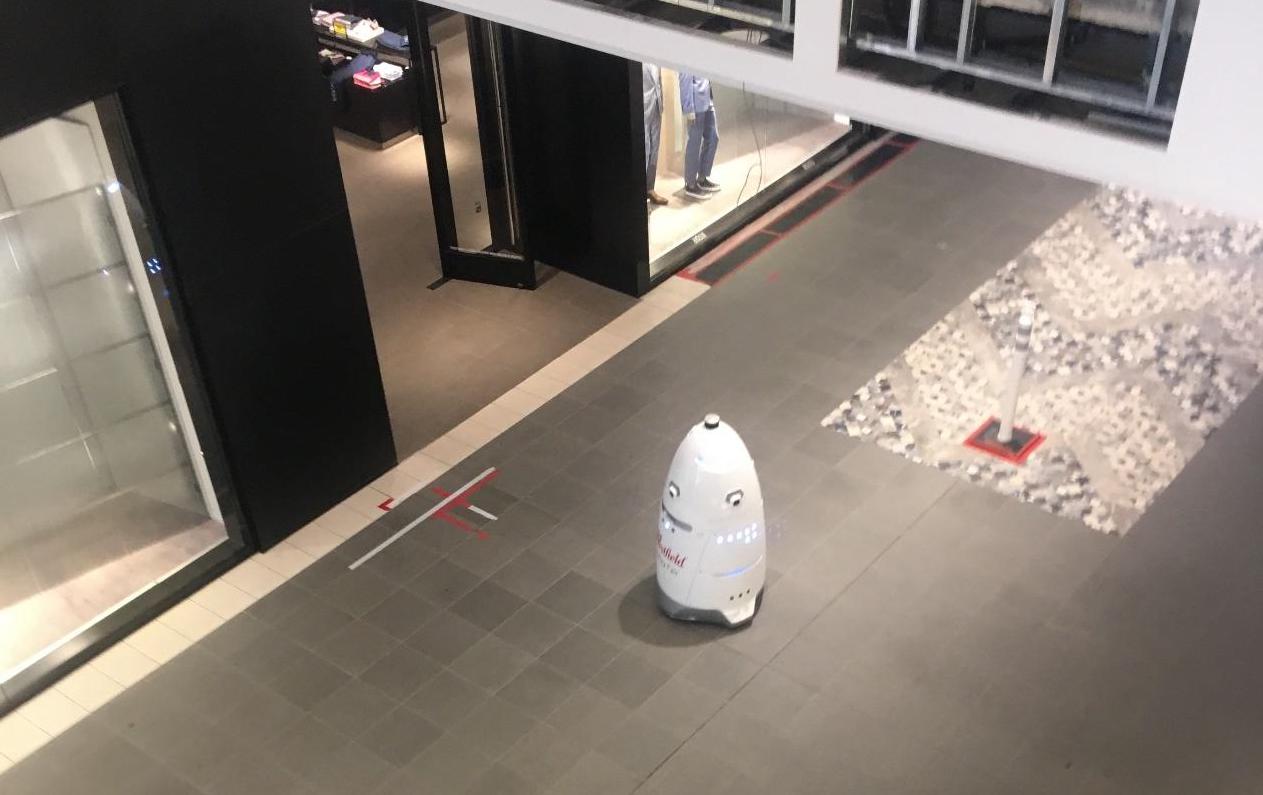
Photo: A cleaning bot operating at a Westfield shopping mall in New York City, April 2018. (Photo Charlie Tilley.)
Conducting arts-based research in workplaces can contribute to happier, more productive, more innovative workplaces – as, just by way of one example, the members of the New Zealand Fire Service who participated in theatre-based research with Massey’s Associate Professor Angie Farrow, attested to, in their feedback on improved teamwork and communication outcomes.
The arts develop transferable skills such as cooperation, leadership, people management, critical thinking, analytical ability, emotional intelligence, creative problem solving, and bicultural and multicultural awareness. These competencies in turn enable people to continue learning and adapting over time.
Anthropologists tell us that the arts do (at least) two things crucial for any community’s survival: they tell us the stories of past crises in ways that are memorable and condensed to give us key lessons, so that we can collectively remember how to survive those crises next time they occur. And they buffer against stress, imparting hope and appreciation of the beauty of other human beings and the world around us.
The arts make us take notice. They help us feel alive and connected. They draw our attention to, in the famous words of Russian art theorist Viktor Shklovsky, the stoniness of the stone. They offer a crucial mode of inclusive social participation. According to anthropologists, both modes of artistic benefit – the uncomfortable lessons learned and the comfort offered to the stressed -- are vital to the long-term survival of communities.
Neuroscientists tell us that the arts do things that other forms of communication and social interaction cannot do – when we dance together, oxytocin is released and we feel empathy. Even watching another group of people dance can trigger us to feel increased empathy with them. When we watch a character-driven narrative, we are psychologically ‘aroused’ - drawn into the story in ways that elevate our breathing, heart rate and hormone release. These reactions bond us to the characters we are watching and to each other, making us open to collaboration and cooperation. Art helps us walk in another’s shoes in ways that information alone cannot.
Art makers have always known this – you have only to sit in the audience at a theatrical performance and witness the unity of sighs and synchronicity of group emotional response to know that art, particularly live art, reaches people in unique and powerful ways. Art creates emotion, and emotion leads to motivation for change. Not for nothing did Bertolt Brecht say art is a hammer to shape our world with.
If we sit back and accept the increasing erosion of local venues and local investment as inevitable, we will eventually lose the opportunity to tell our local stories in ways that are meaningful to us, and to use arts to shape our local culture and generate change that benefits us here on the ground in Aotearoa. We will lose the hope and inspiration that art can foster.
If we accept narrow funding definitions of R&D as ‘scientific method’ we will lose the opportunity to nurture and grow new artists who can work within and alongside the sciences and business to see things differently and move stuck paradigms of knowledge forward through imaginative inquiry and creative problem solving.
If we keep accepting live arts and culture into our lives at less than market value, we risk eventually starving the sector. That will then narrow our opportunities for social participation and inclusion. We will be left cocooned in our living rooms glued to our screens watching stories made for and by communities other than our own – stories that reassure us with fantasies of escape but do nothing to bring us face to face with the uncomfortable lessons of crises on our own doorsteps so that we can grow and learn. And while sometimes we have magnificent success stories of exporting Kiwi art and culture to the world, the majority of imported stories on our screens have done little to contribute to developing the pool of available artists and infrastructure in Aotearoa.
Without our own art, we will eventually cease to notice the stoniness of our stones and the leafiness of our leaves. We will cease to feel hopeful that humanity and the planet are beautiful and worth fighting to preserve. We will no longer have a generation who know how to hold the hammer to shape culture with. We will lose the ability to imagine and empathise with the future human impacts of scientific endeavour.
This may seem a dire scenario, but every theatre door that closes, every push for STEM without STEAM, every cancellation of a media ‘culture page’, takes us one step closer to its realisation. How can we know which step will take us past the point of no return?
Conversely, if arts-based research and development is accepted as worthy of the same kinds of tax incentives as any other kind of research, we gain the opportunity to supplement artists’ meagre income with regular, structured research opportunities. As well as fuelling innovation and inspiring science and business to think differently, this will help make the arts sector itself sustainable. It may well save it permanently from the 1000th cut.
Art and science are both important, and we need to grow both artists and scientists to take us safely into the future.
If you would like to make a submission to the Ministry of Business, Innovation & Employment regarding the value of arts-based research to business innovation and development alongside ‘scientific method’, the details are at: http://www.mbie.govt.nz/info-services/science-innovation/rd-tax-incentive
